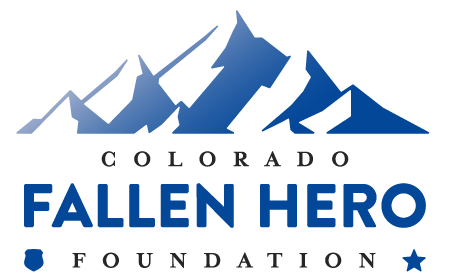Multi‐Agency Partnership Addresses Rise in Heroin Use and DeathsPosted: April 26, 2018 Douglas County Sheriff Tony Spurlock, chairman of RMHIDTA, explains that there are two components of the project: Operation Poison Pusher and Operation Helping Hand. He goes on to explain that, “In Operation Poison Pusher law enforcement and prosecution will aggressively target dealers who sell their poison that is destroying lives and killing our citizens. These merchants of death who line their pockets with blood money disregard the destruction to Attorney General Cynthia H. Coffman who is the Chair of the Colorado Substance Trend and Response Task Force said: “We will continue our pursuit of criminals who bring this dangerous product into our state and sell it to our loved ones and fellow community members. At the same time, we must make sure that there are systems and services in place to support the many Coloradans who need treatment for substance use disorders and support in recovery. The effects of the opioid crisis are far reaching with repercussions in many areas of our society, so we must tackle this problem from every angle and with coordinated efforts.” U. S. Attorney Bob Troyer, representing federal law enforcement, wants it to be known that the federal government is lending their resources to help address this terrible problem. “We will use our powerful tools – long mandatory sentences, penitentiaries out of state, no parole, no early release –to remove poison suppliers from Colorado and deter others from replacing them,” said U.S. Attorney Bob Troyer. “Operation Helping Hand” provides law enforcement officers the resources to help guide users and their families to get help. The Department of Human Services, Office of Behavioral Health, has trained the 24‐Hour Colorado Crisis Services Hotline staff to better serve Coloradans related to opioid use. Since law enforcement is 24/7, they can be a resource for treatment through “Operation Helping Hand” to provide assistance to users and their families. Additionally, the Department of Human Services was able to help facilitate two new initiatives providing law enforcement with additional tools to de‐escalate situations involving mental health or substance use disorder, get people the services they need, and reduce the cycle of recidivism. The Office of Behavioral Health Director, Robert Werthwein, says: “We are eager to partner with law enforcement to provide an additional resource to combat opioid abuse in their communities. The Colorado Crisis Services Hotline team is trained to help anyone, including law enforcement officers, who needs to connect with a trained provider and access substance abuse services.” “As the father of a victim of this epidemic, I applaud the work being done in Colorado with law enforcement and treatment working as partners,” stated retired Admiral James Winnefeld. “It’s not always easy to bring together different cultures and approaches but it’s terribly important. As co‐founders of S.A.F.E. Project US, Mary and I wholeheartedly support the interdependent approach to rallying public health, treatment, recovery, prevention, and law enforcement to address this threat. This is how we will save lives.” Operations Manager Gina Olberding of the Colorado Consortium for Prescription Drug Abuse Prevention, of which the Heroin Response Work Group is a part, is excited about the ongoing statewide collaboration. She also wants to recognize the work group’s valuable partner, the Colorado Department of Public Health and Environment, for an update to the Heroin Assessment Report that clearly demonstrates the extent of the problem to the public. This report will be available on their website www.corxconsortium.org and at www.RMHIDTA.org, click on reports. Some information contained in the report includes:
Click here to view original press release. |

